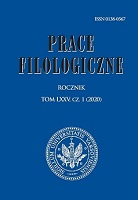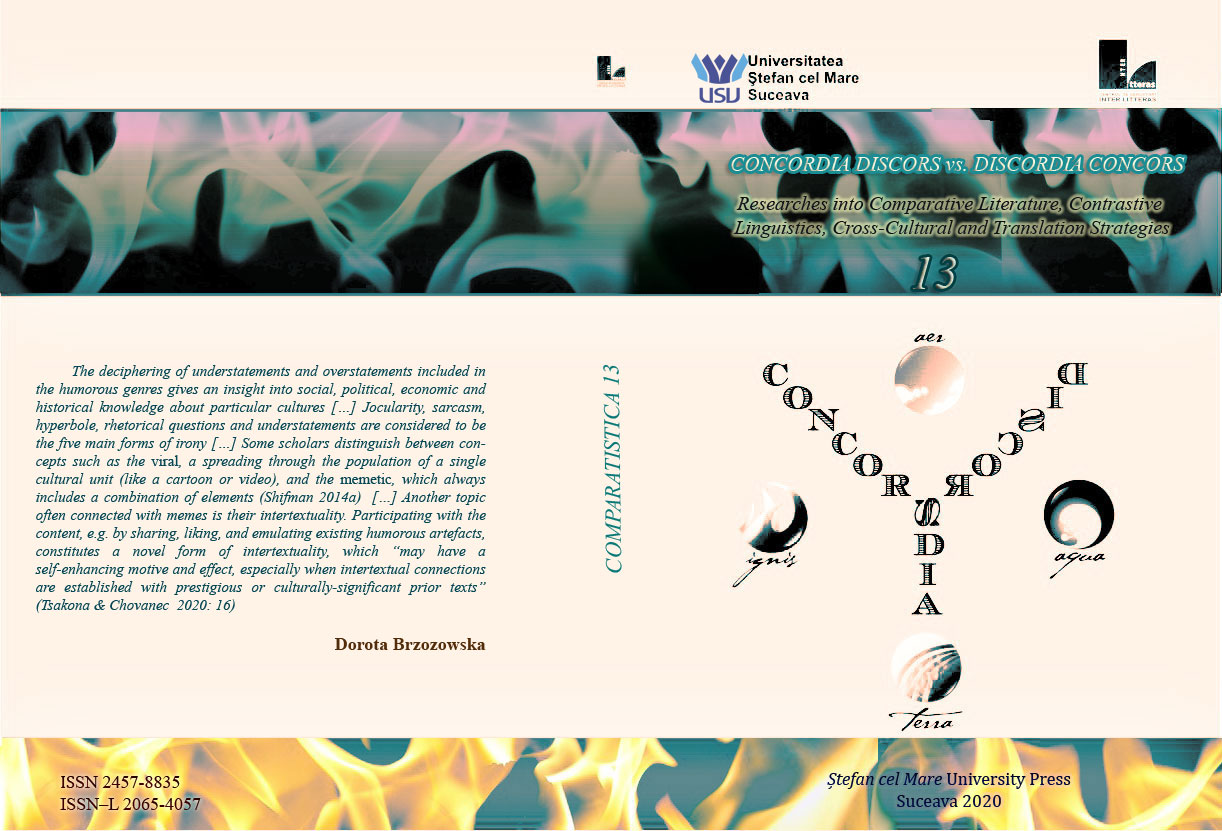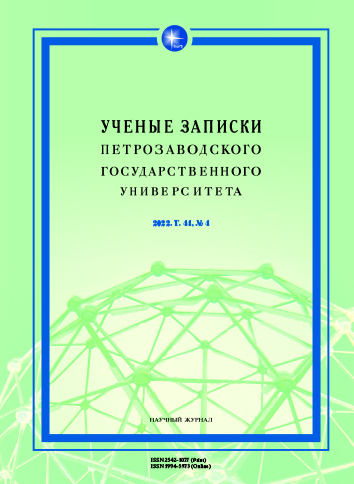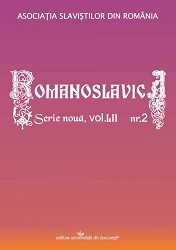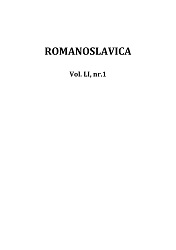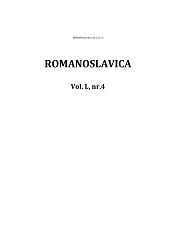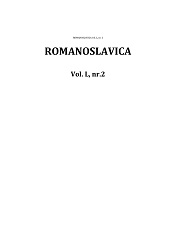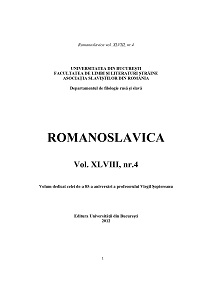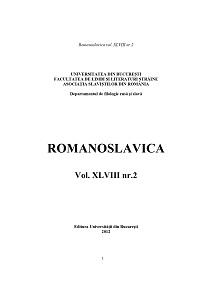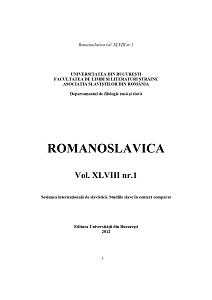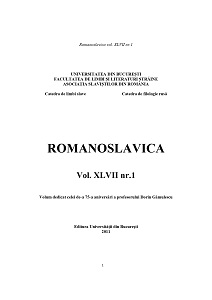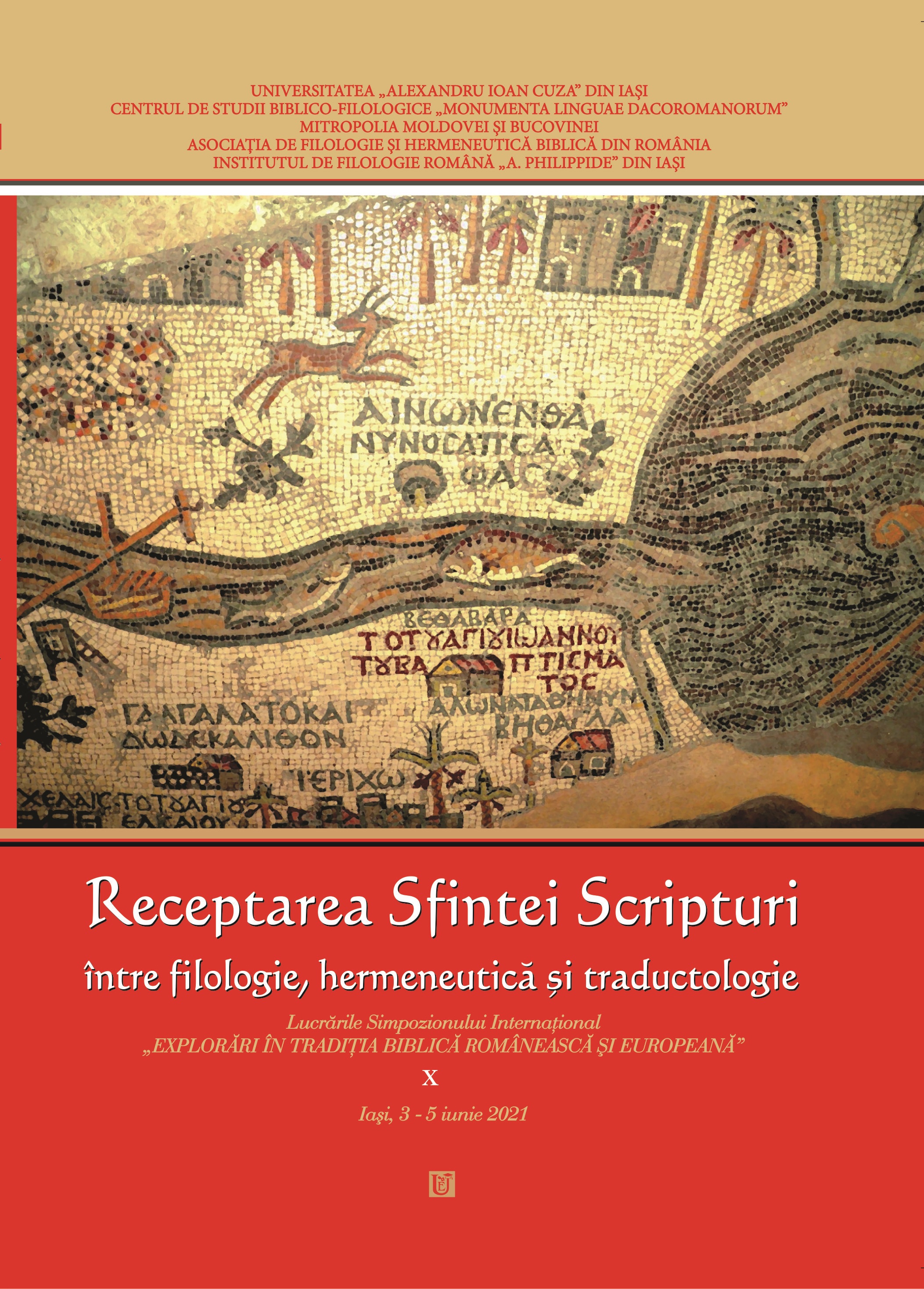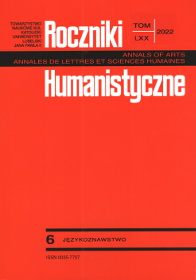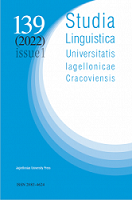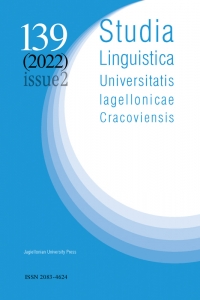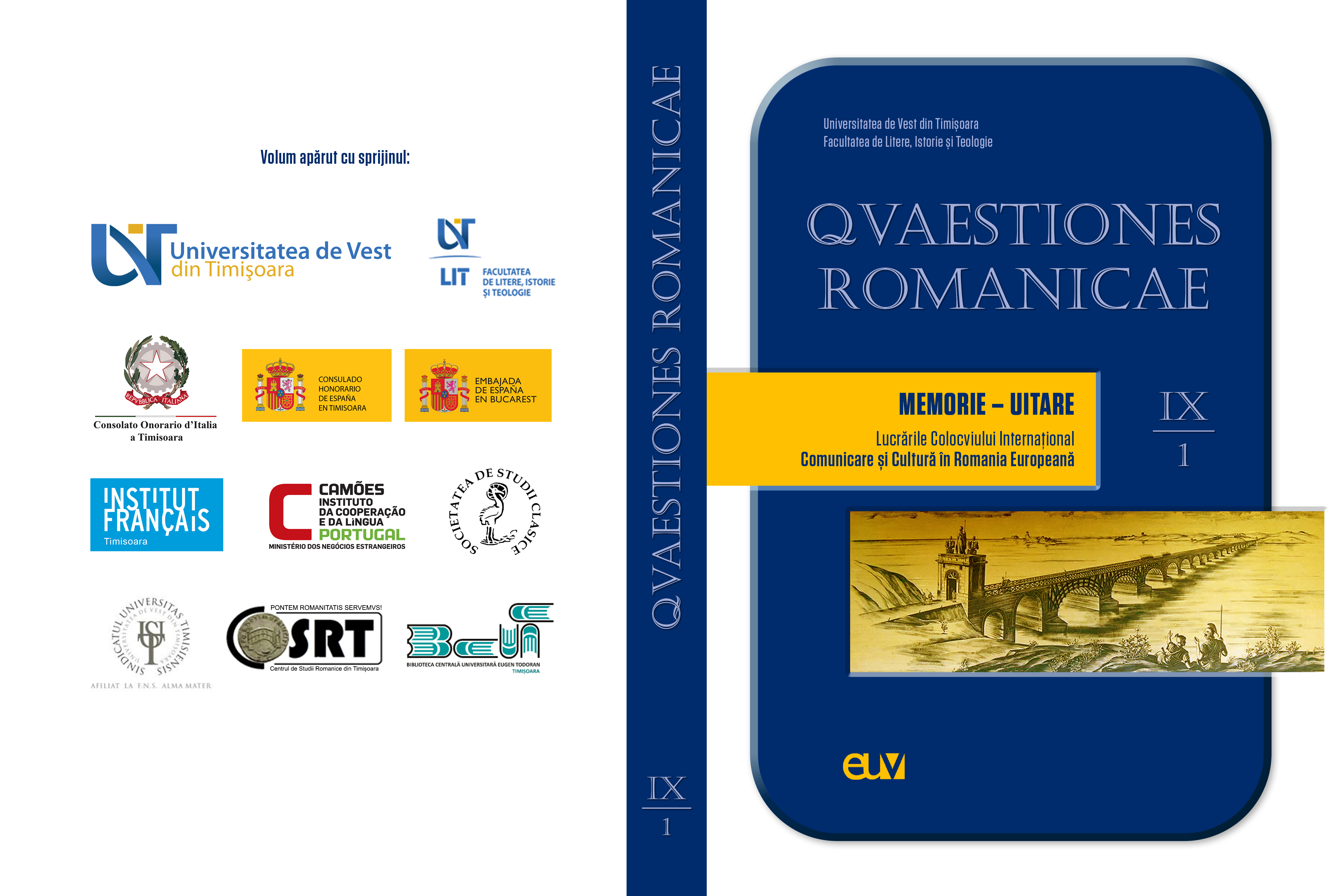
Alcune note su un continuum paremiologico e fraseologico romanzo
The frequent comparison between Italian proverbs and set phrases and their correlated units in other national neo-Latin languages (Portuguese, Spanish, French and Romanian) can only evince the existence of a paremiological and phraseological Romance continuum, about whose axes of variation we would like to make some short remarks. Unfortunately, as traditional communities have almost disappeared all over the world, the paremiological treasure of each language is in constant decline. The first part of the paper considers the main formal and semantic structures shared by proverbs and idioms in all five languages which allow us to speak about a Pan-Romance continuum, with some possible “holes” in the Romance proverbs net. One may notice that he realia of Mediterranean lands are certainly very different from those reflected in the isolated Romanian language, and consequently, due to the shared social, Catholic, and geographical context, the proverbs of Western Romània are much more compact and similar, as they have been constantly strengthened by centuries of cultural and linguistic bonds. As far as their clear or obscure messages are concerned, the range spreads from a perfect semantic and formal match (as in pro memoria proverbs) up to a very high level of idiomaticity and therefore of untranslatability. There are at least two major categories of causes which brought to perfect similarity in all Romance languages: borrowed elements and internal evolution (due to the Latin heritage, due to the text of the Holy Scriptures or due to a plausible parallel development). The last part of the paper will point out the elements that do not overlap in this contrastive analysis (equivalent set phrases based on divergent types of metaphors, or diachronically, diatopically, diastratically and diaphasically marked proverbs and sayings of Romània).
More...
